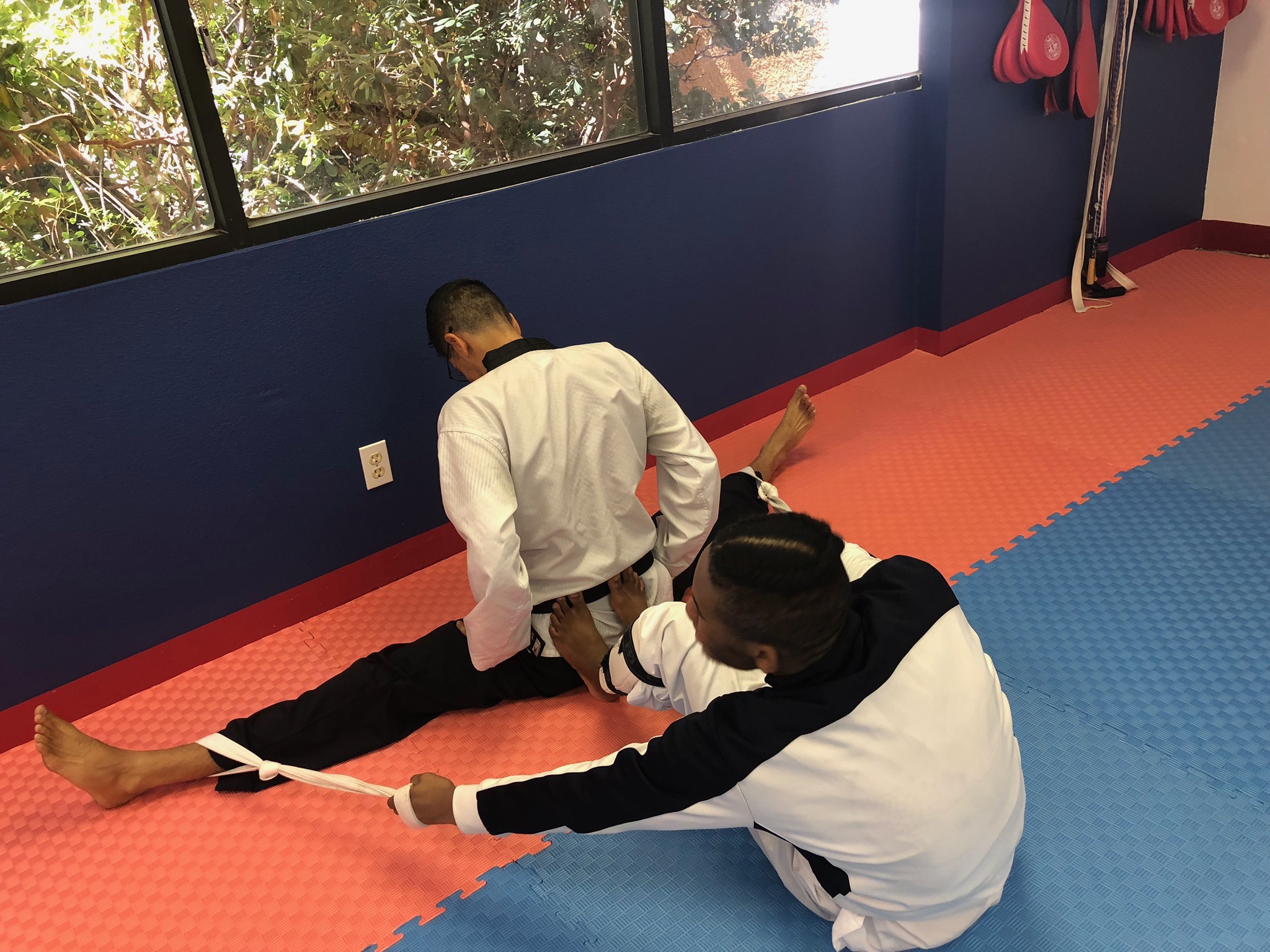
Taekwondo is a martial art that requires a high level of flexibility, particularly in the legs. A powerful side kick is an essential move in Taekwondo, and requires flexibility in the hip, knee and ankle joints. However, increasing flexibility can also put you at risk of injury if not done properly. In this article, we will explore the importance of dynamic warm-ups, essential stretches, and tips for safely increasing side kick flexibility.
First, it is important to understand the anatomy of a side kick. The muscles involved in performing a side kick include the glutes, hip flexors, quadriceps, and hamstrings. These muscles can be stretched and strengthened to improve side kick flexibility.
Dynamic warm-ups are an important part of preparing for any physical activity, including Taekwondo. They are different from static stretching, which involves holding a stretch for a certain amount of time. Dynamic warm-ups involve moving through a range of motion to prepare the muscles for activity. Examples of dynamic warm-up exercises for a side kick include leg swings, lunges and high knee marches.
There are many stretching techniques that can be used to increase flexibility, including PNF (proprioceptive neuromuscular facilitation) and static stretching. PNF stretching involves contracting the muscle being stretched before relaxing it, which can lead to a greater increase in flexibility. Static stretching involves holding a stretch for a certain amount of time. Specific stretches that target the muscles used in a side kick include the standing quad stretch, lunge stretch, and seated forward bend.
Incorporating flexibility training into your Taekwondo routine is important for safely increasing side kick flexibility over time. It is important to start slowly and gradually increase the intensity and duration of your stretching routine. Flexibility training should also be integrated with other elements of Taekwondo training such as strength training, cardio and techniques practice.
In conclusion, increasing side kick flexibility is essential for success in Taekwondo. Dynamic warm-ups, essential stretches, and proper training methods can help safely increase flexibility over time. However, it is important to prioritize safety and listen to your body to prevent injury. Remember, flexibility is a journey, not a destination, and it takes time, patience and consistency to see results.
Photo by TKD Wellness
Written by AI & Reviewed by Clinical Psychologist & Head Coach: Yoendry Torres, Psy.D.
Disclaimer: Please note that some blog posts may contain affiliate links and Sana Network will earn a commission if you purchase through those links at no additional cost to you. We use all of the products listed and recommend them because they are companies or products that I have found helpful and trustworthy. Our website is supported by our users.